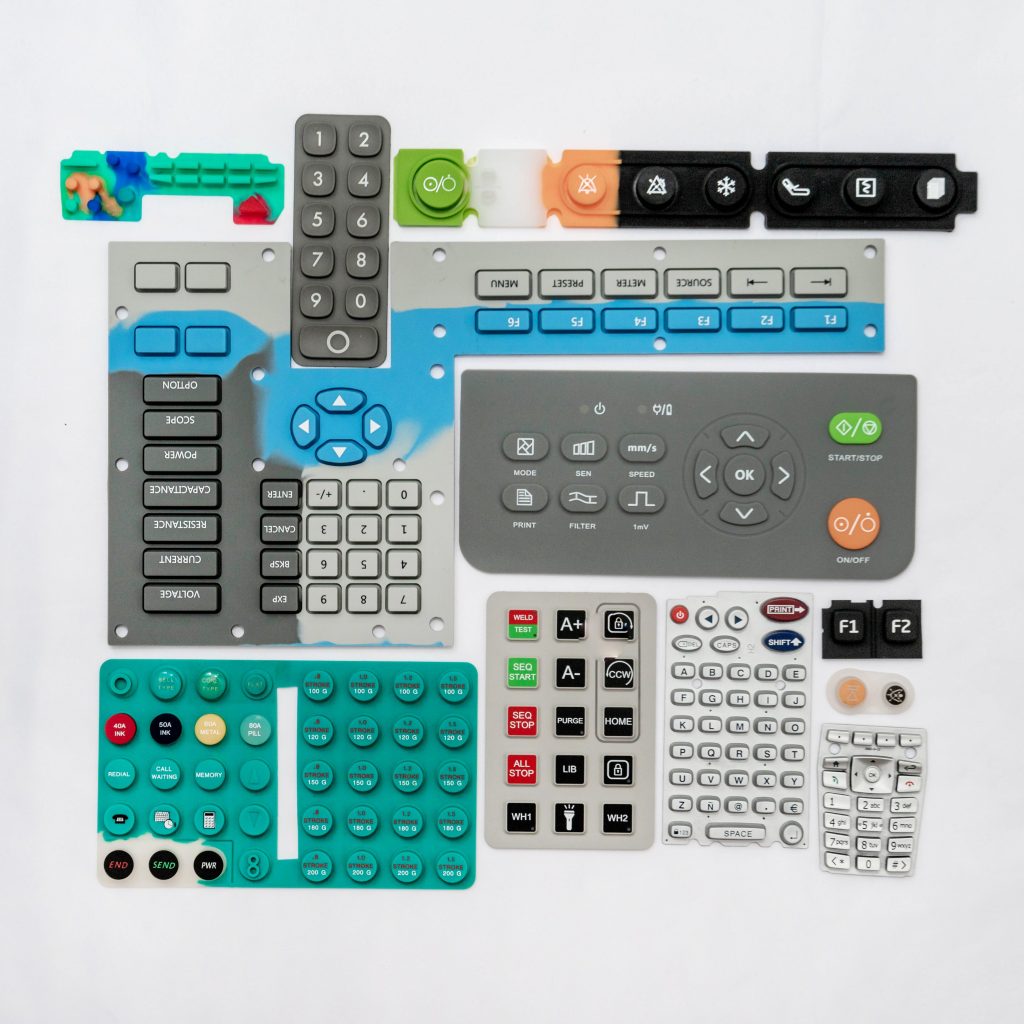Contact
Write to Us And We Would Be Happy to Advise You.
Do you have any questions, or would you like to speak directly with a representative?
By hqt
Silicone rubber keypads are a popular choice for many electronic devices due to their durability, flexibility, and resistance to environmental factors. However, one of the main challenges associated with silicone rubber keypads is maintaining their waterproof performance over time. In this article, we will explore some of the best practices to improve the waterproof performance of silicone rubber keypads.

Silicone rubber keypads are a type of keypad that is commonly used in electronic devices. They are made of a silicone rubber material that is flexible and durable, making them ideal for use in applications where there is a need for repeated usage. However, one of the challenges associated with silicone rubber keypads is maintaining their waterproof performance over time. In this article, we will discuss how to improve the waterproof performance of silicone rubber keypads.
The first step in improving the waterproof performance of silicone rubber keypads is to understand the factors that affect their waterproof performance. Some of the most common factors include:
The design of the keypad plays a crucial role in improving its waterproof performance. Some design considerations that can help improve the waterproof performance of silicone rubber keypads include:
Another important factor in improving the waterproof performance of silicone rubber keypads is the quality of the silicone rubber material used in their construction. Some tips to improve the quality of the silicone rubber material include:
Environmental factors such as temperature, humidity, and exposure to chemicals or oils can all have a negative impact on the waterproof performance of silicone rubber keypads. Some steps that can be taken to protect the keypad from environmental factors include:
One of the most effective ways to improve the waterproof performance of silicone rubber keypads is to test them under various conditions. Testing the keypad can help identify any areas of weakness in its design or construction and can help identify any potential issues before they become major problems. Some of the most common testing methods used to evaluate the waterproof performance of silicone rubber keypads include:
Silicone rubber keypads are a popular choice for many electronic devices due to their durability, flexibility, and resistance to environmental factors. However, maintaining their waterproof performance over time can be a challenge. By understanding the factors that affect waterproof performance and taking steps to improve the design of the keypad, the quality of the silicone rubber material, and the protection of the keypad from environmental factors, it is possible to improve the waterproof performance of silicone rubber keypads. By testing the waterproof performance of the keypad, it is also possible to identify any areas of weakness and make improvements to ensure long-lasting waterproof performance.
Can I use any silicone rubber material for a waterproof keypad?
No, it is important to use a high-quality silicone rubber material that is specifically designed for waterproof applications to ensure the best possible waterproof performance.
What is the best testing method for evaluating the waterproof performance of a silicone rubber keypad?
Submersion testing is one of the most effective testing methods for evaluating the waterproof performance of a silicone rubber keypad.
Can environmental factors affect the waterproof performance of a silicone rubber keypad?
Yes, environmental factors such as temperature, humidity, and exposure to chemicals or oils can all have a negative impact on the waterproof performance of a silicone rubber keypad.
How can I improve the design of my silicone rubber keypad to improve its waterproof performance?
Some design considerations that can help improve the waterproof performance of silicone rubber keypads include using a higher number of buttons, incorporating raised or embossed symbols, and using a tight-fitting overlay or cover to protect the keypad.
Is it possible to improve the waterproof performance of an existing silicone rubber keypad?
Yes, it is possible to improve the waterproof performance of an existing silicone rubber keypad by taking steps to improve its design, quality of the silicone rubber material, and protection from environmental factors.
Do you have any questions, or would you like to speak directly with a representative?